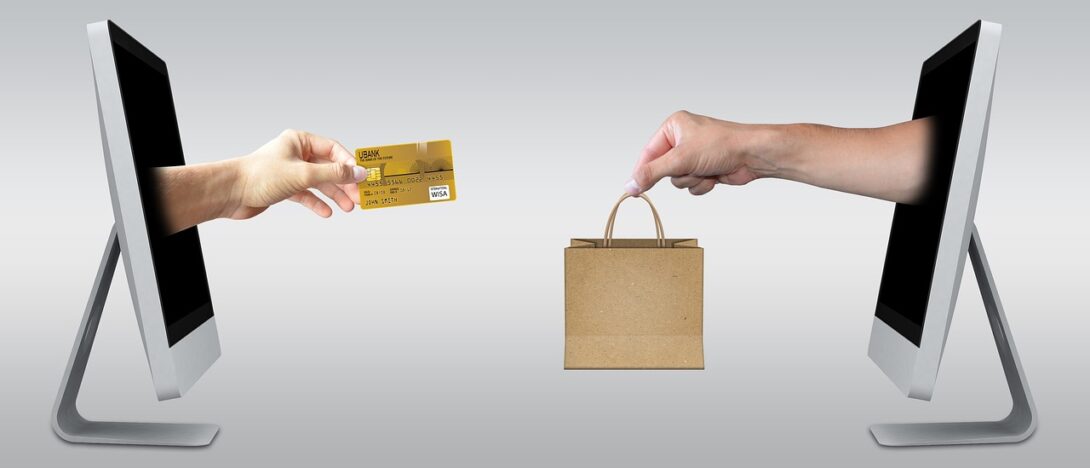The main reasons why web design is crucial
Achieving branding purposes
Design is imperative for any successful business, allowing you to create a distinct and powerful visual identity. A consistent design aesthetic helps customers instantly recognize your brand across all channels, including well-designed websites, products, packaging material, advertising campaigns, and more. A well-crafted brand identity is instrumental in setting an enterprise apart from its competition and building a lasting relationship with its customers. Crafting this identity should be based on having deep knowledge of the company’s values, target audience, and desired personality that it wants to project. When done right, a compelling design can stir up emotions among people interacting with it while effectively communicating its message and gaining trust among buyers.
The needed first impressions
Designing a persuasive website is critical to impacting prospective customers and alluring them to stay longer. With a great first experience of your business, you create the possibility for fruitful conversions later down the line. Crafting a successful website requires taking many components into account. It is vital to consider the site layout and navigation, ensure compatibility with mobile devices, add relevant multimedia such as images or videos, incorporate SEO guidelines, and understand how visitors will interact with your website by researching user personas. When all of these elements are combined, it can create an effective design that provides the best possible user experience.
High user engagement rate
An attractive and efficient layout can exponentially boost user engagement on your site, resulting in increased success. A simplified design will guarantee that users can quickly locate the desired content. As well as being simple to navigate, it’s integral for website design to be aesthetically pleasing – this helps create an inviting atmosphere that beckons visitors back time and again. With the clever use of colors and fonts, your website can draw attention to vital aspects that make it simpler for users to interact with content. Also, a properly designed navigation system will guarantee visitors quickly find what they need while accessing different pages on your site without any hassle. Ultimately, good design is critical to creating an enjoyable user experience!
Good accessibility
Crafting a website with an accessible design guarantees all users can navigate it easily, regardless of their device or ability. Achieving this requires using a clear and consistent page layout, readable text sizes, and color schemes which create harmony across the site. Ensure that fonts are chosen thoughtfully for maximum readability and clarity. Moreover, all images should be optimized for speedy loading times; the file sizes must remain small without sacrificing quality. Considering these design elements will ensure your website boasts an inviting and enjoyable experience for visitors.
Search engine optimization
Crafting a first-rate website design is complete with Search Engine Optimization (SEO). SEO strategically places your content, titles, and descriptions on relevant search engine rankings. Use keywords throughout the text to ensure visibility for the highest return of visitors to your site for maximum impact. Quality backlinks must also be created and maintained to increase ranking power. SEO can help bolster your website’s traffic, resulting in more leads and sales. Good web design includes optimizing page loading speed, instating an eye-catching layout with organized navigation elements and structures, incorporating customer service features to ease the user experience, utilizing social media tools for better engagement opportunities, keeping content evergreen and up-to-date as well as ensuring all links are working correctly.

Mobile responsiveness
Mobile responsiveness is an absolute must when it comes to website design. This feature ensures that your content can be accessed on any device, size, or operating system. By utilizing mobile responsiveness, you are empowering yourself to reach a wider audience, which leads to higher user satisfaction and more conversions for your product or service. Crafting a website that looks perfect on all devices is paramount – and the best way to do this is by using either Bootstrap or Skeleton CSS, two well-known responsive frameworks. Additionally, developing for mobile first will guarantee your designs are perfectly compatible with any device from their initial conception. Optimize pictures and videos for different screen sizes, so there’s no long wait time or distortion when the contents are viewed on a smaller device. By adhering to these guidelines, your site will be completely optimized for mobile users and deliver an excellent experience for its visitors.
Afterall
By crafting an attractive and user-friendly website, you can foster trust in your brand, drive more traffic to your site and enhance customer engagement. Your web design should be tailored to accommodate mobile devices while incorporating crucial elements such as visuals, layout, content, usability, and navigation. This will create an unforgettable experience for users and increase search engine rankings over time!



